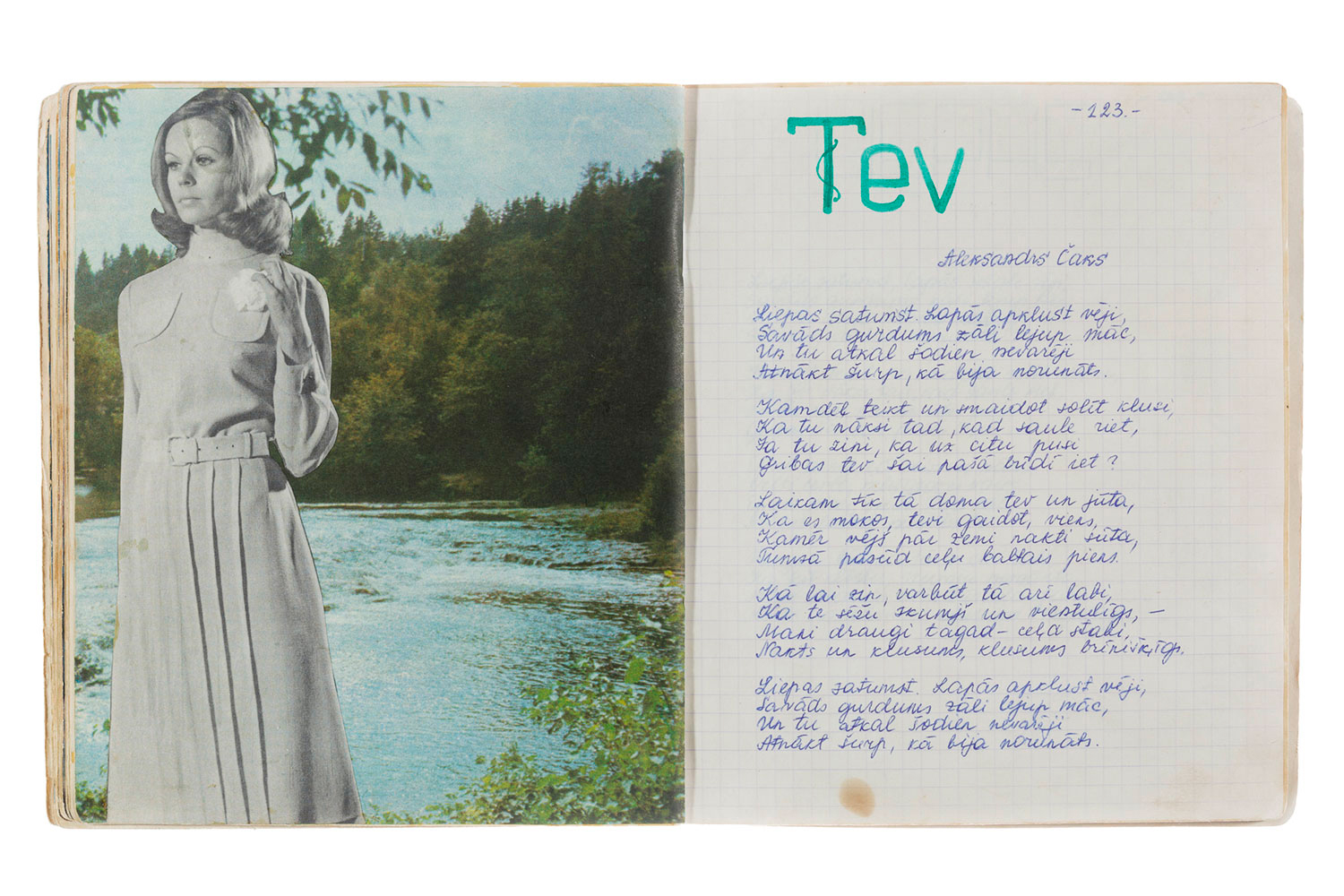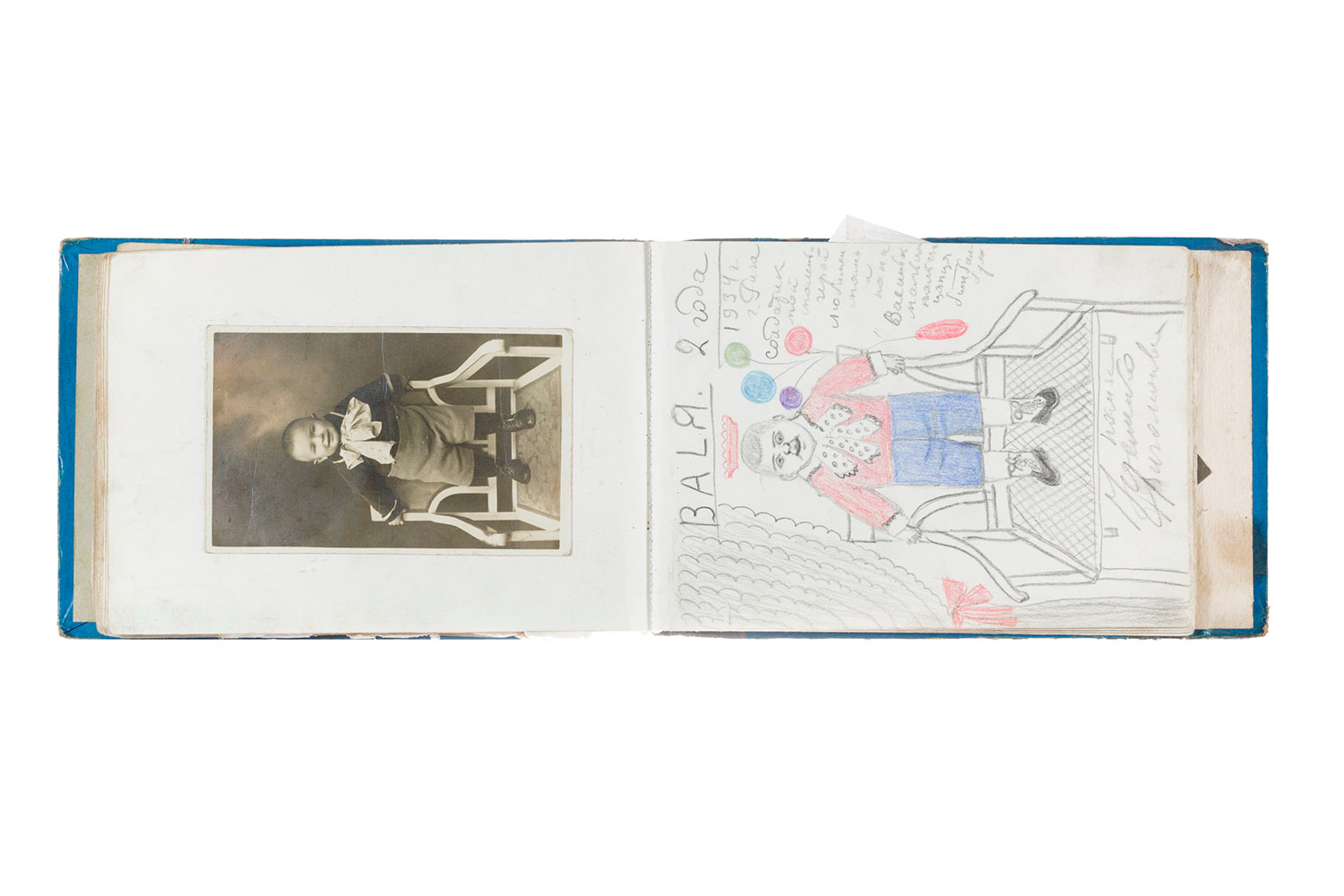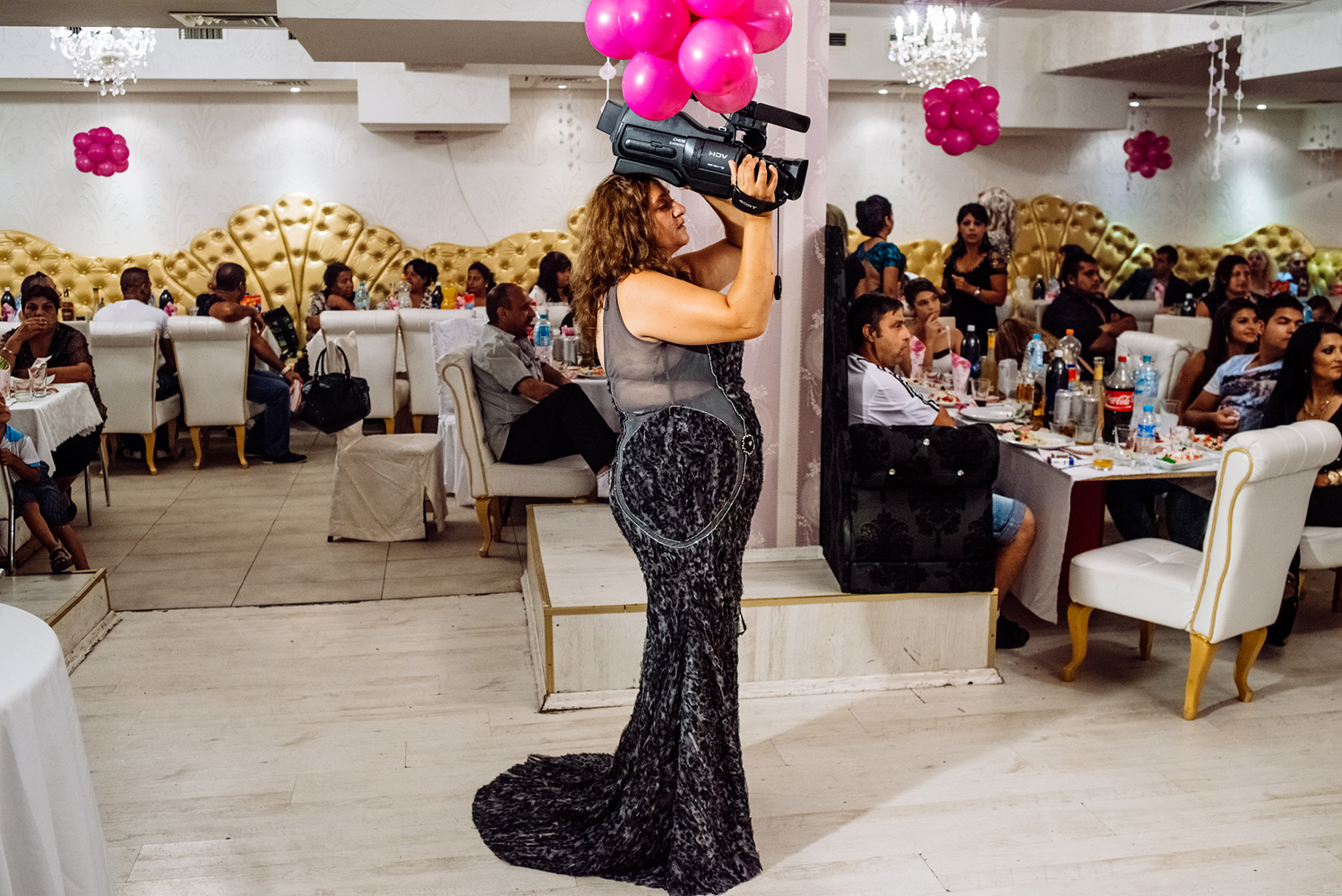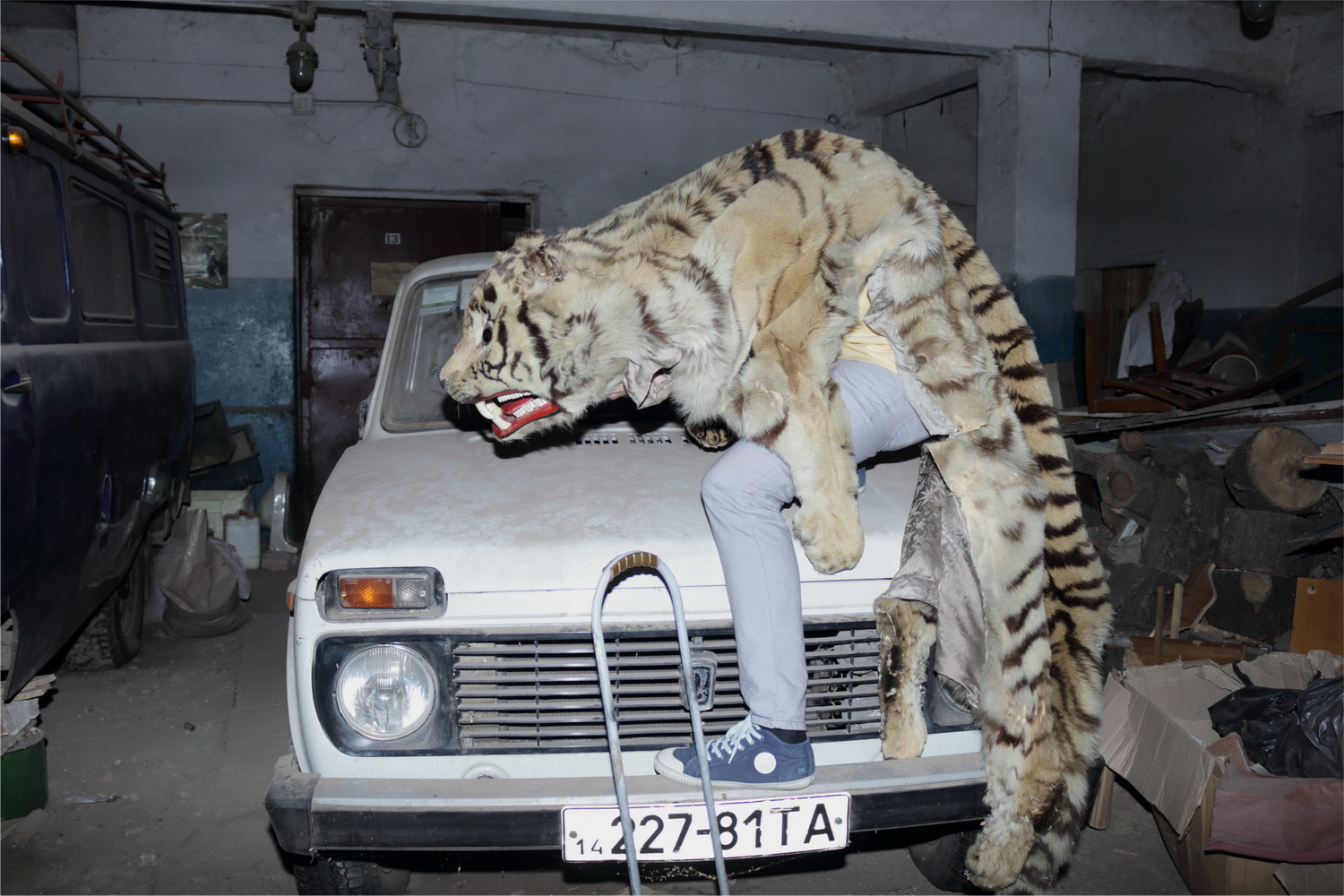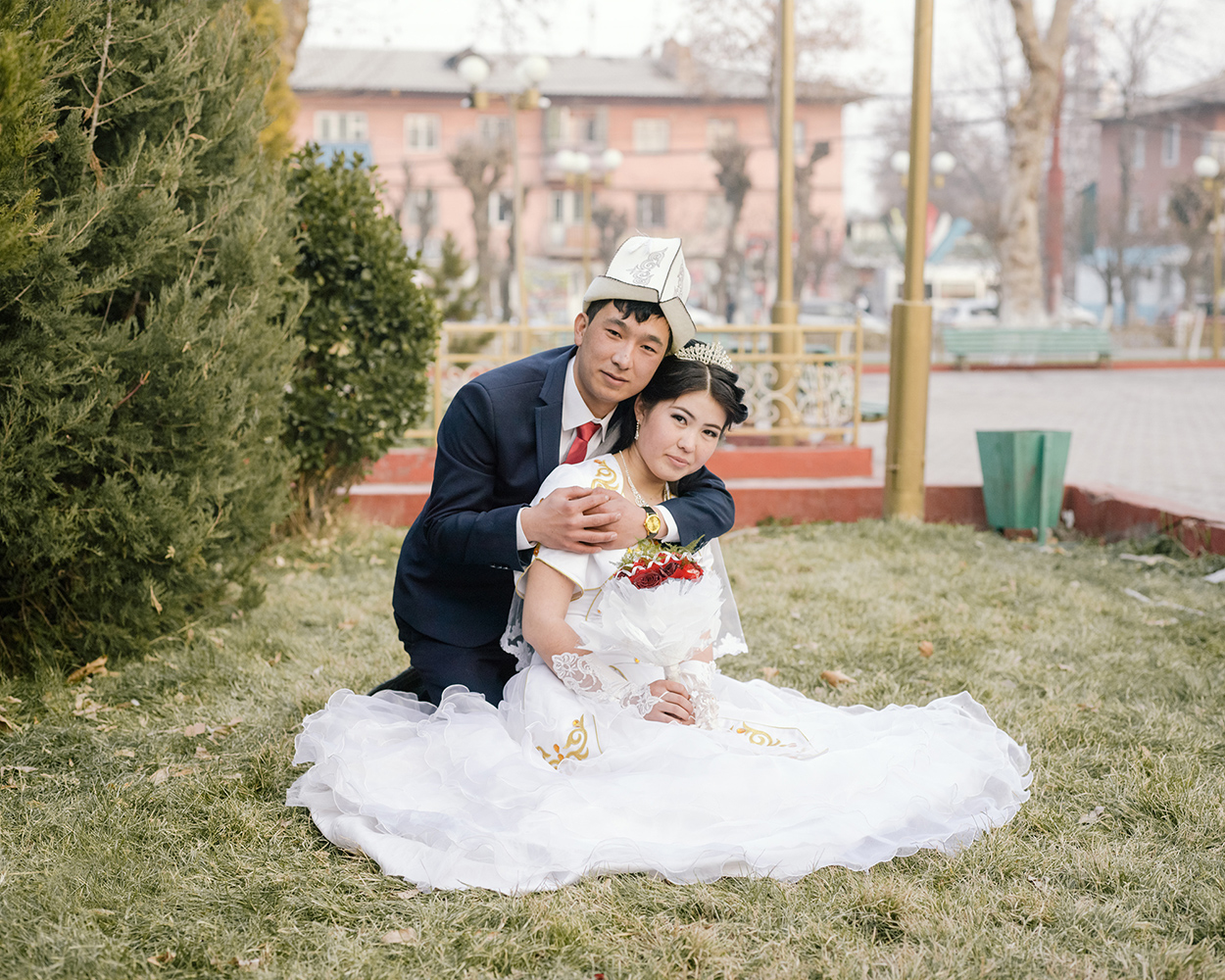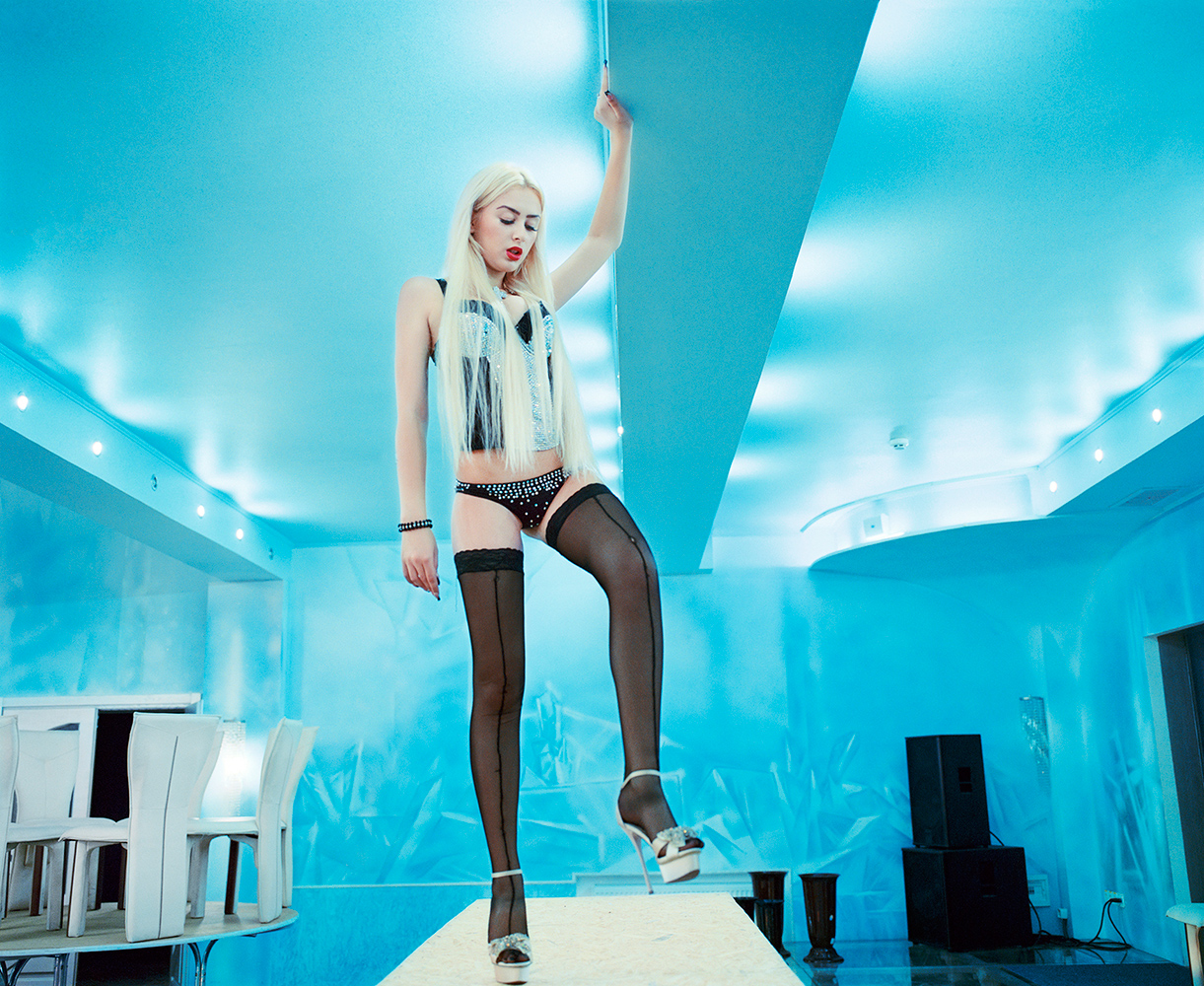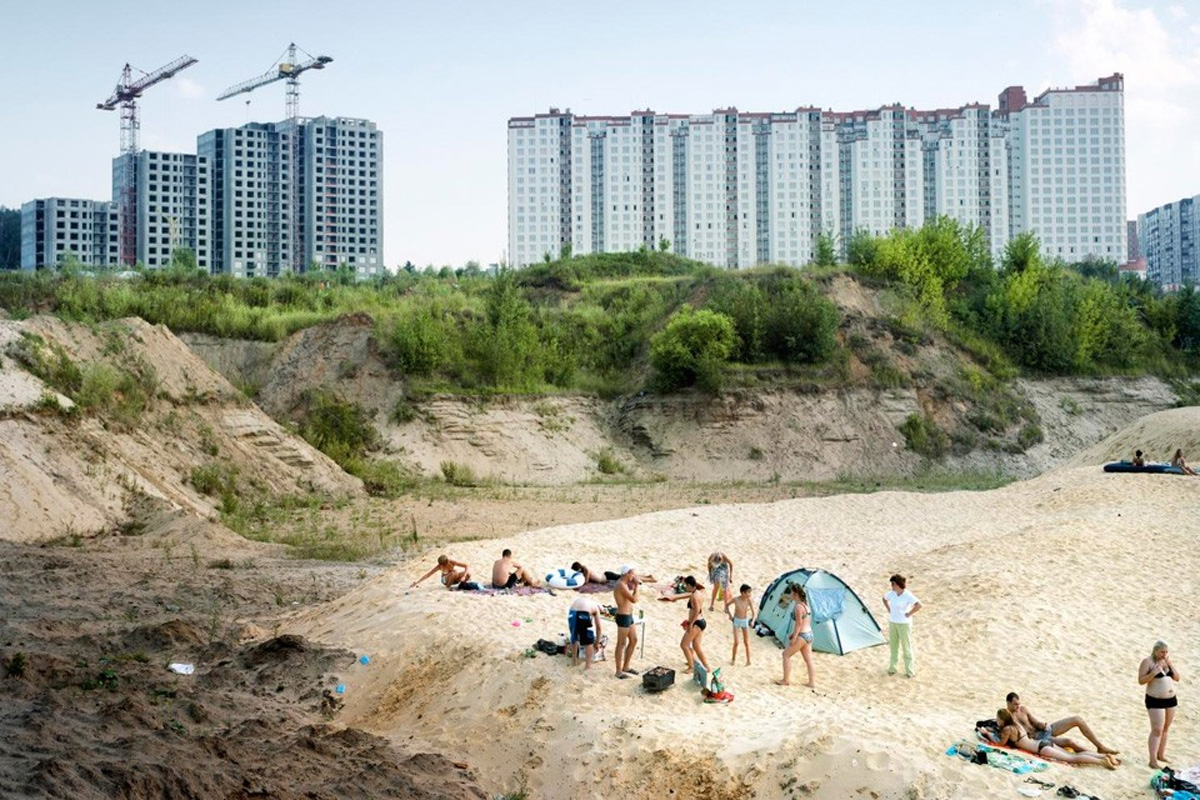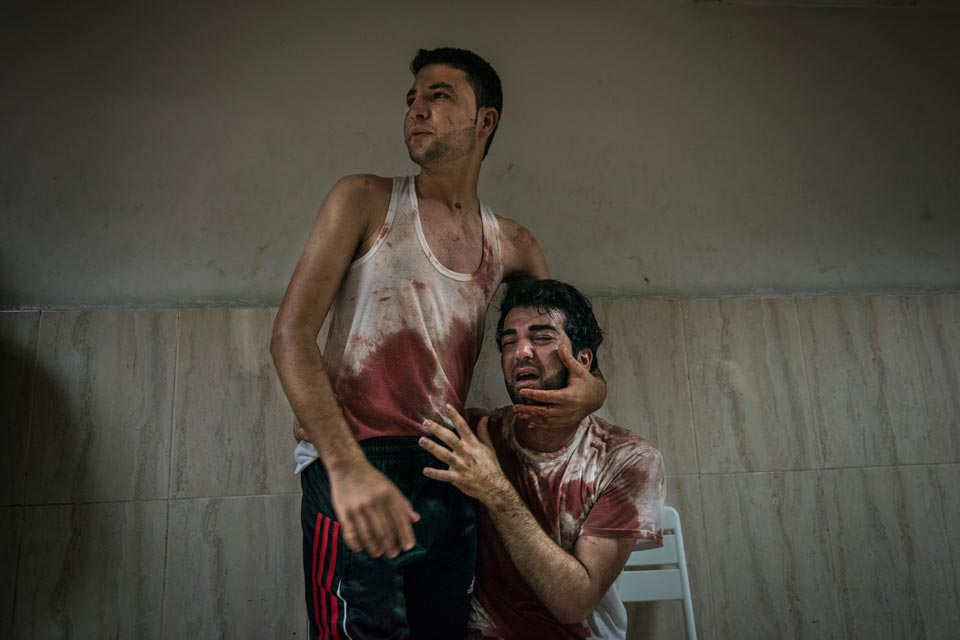
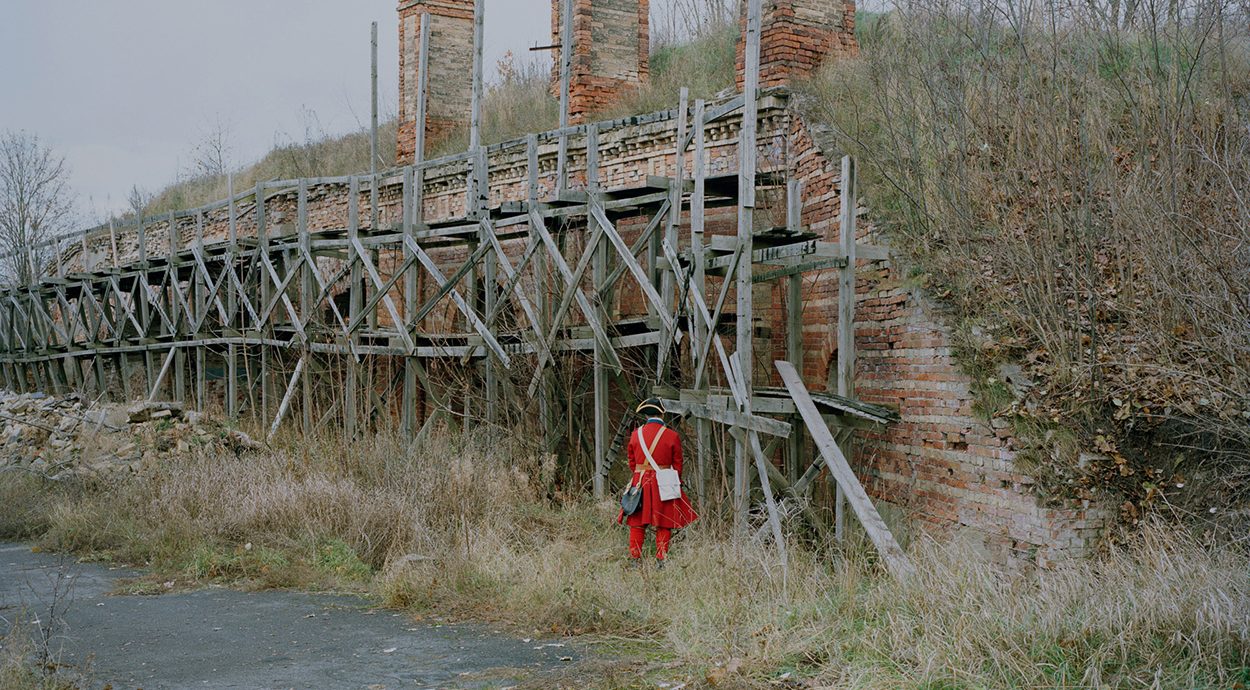
New East Photo Prize: People in the Dunes by Andrejs Strokins

Born in Latvia, studied at the Art Academy of Latvia. Took up professional photography in 2006, worked for the AFI agency. Participated in ISSP master classes in 2009. Works as a freelance photographer since 2011. Is one of the top 50 Emerging Talents according to LensCulture. Winner of Foam Talent in 2016.
— I didn’t take any photographs until I was 21. My parents bought me a small digital camera, a point and shoot. At some point I travelled to Poland, taking the camera with me, and started to make images and it grew on me. It was a way to communicate with the world. I think of myself as a shy person. It was an excuse to go somewhere and explore.
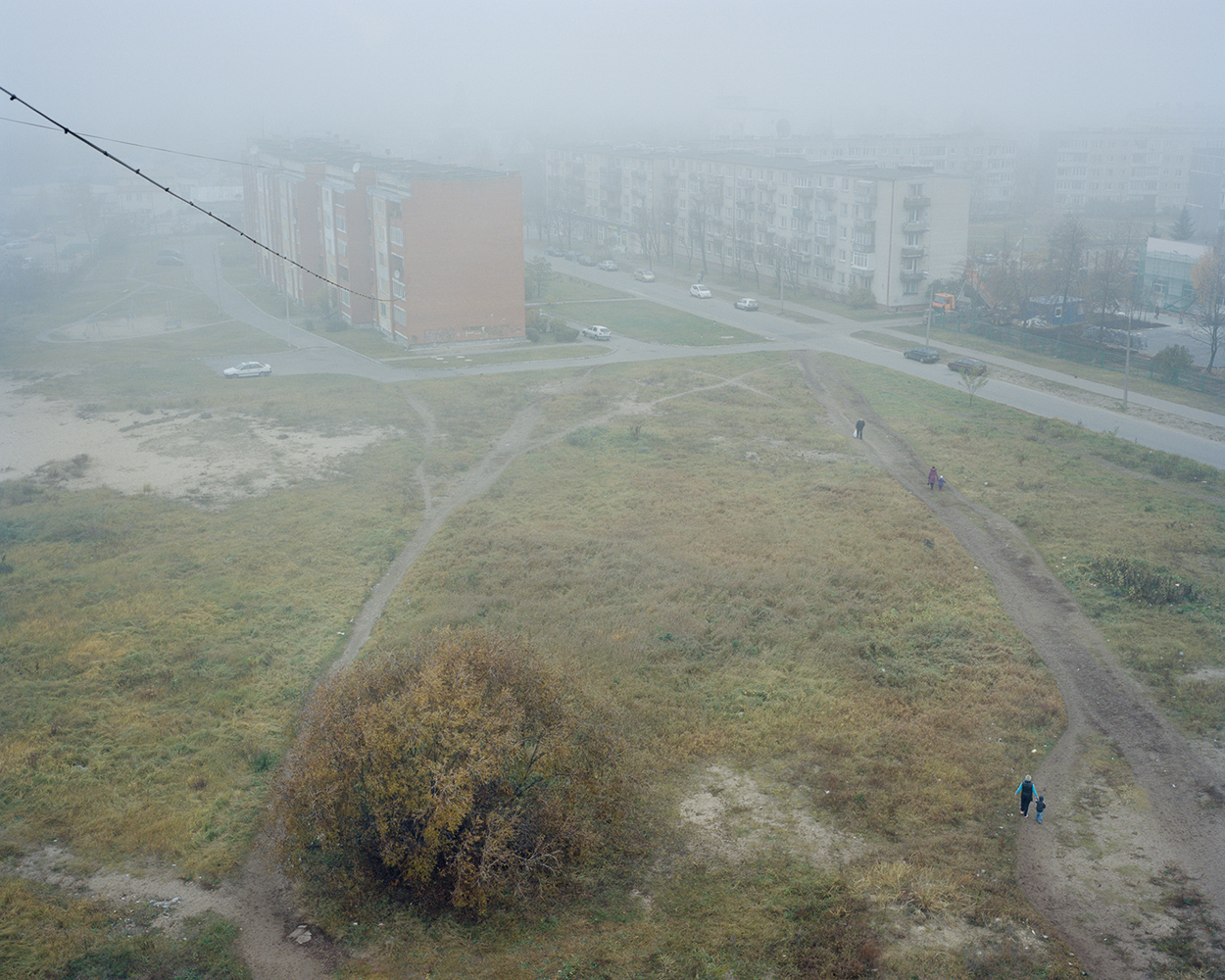
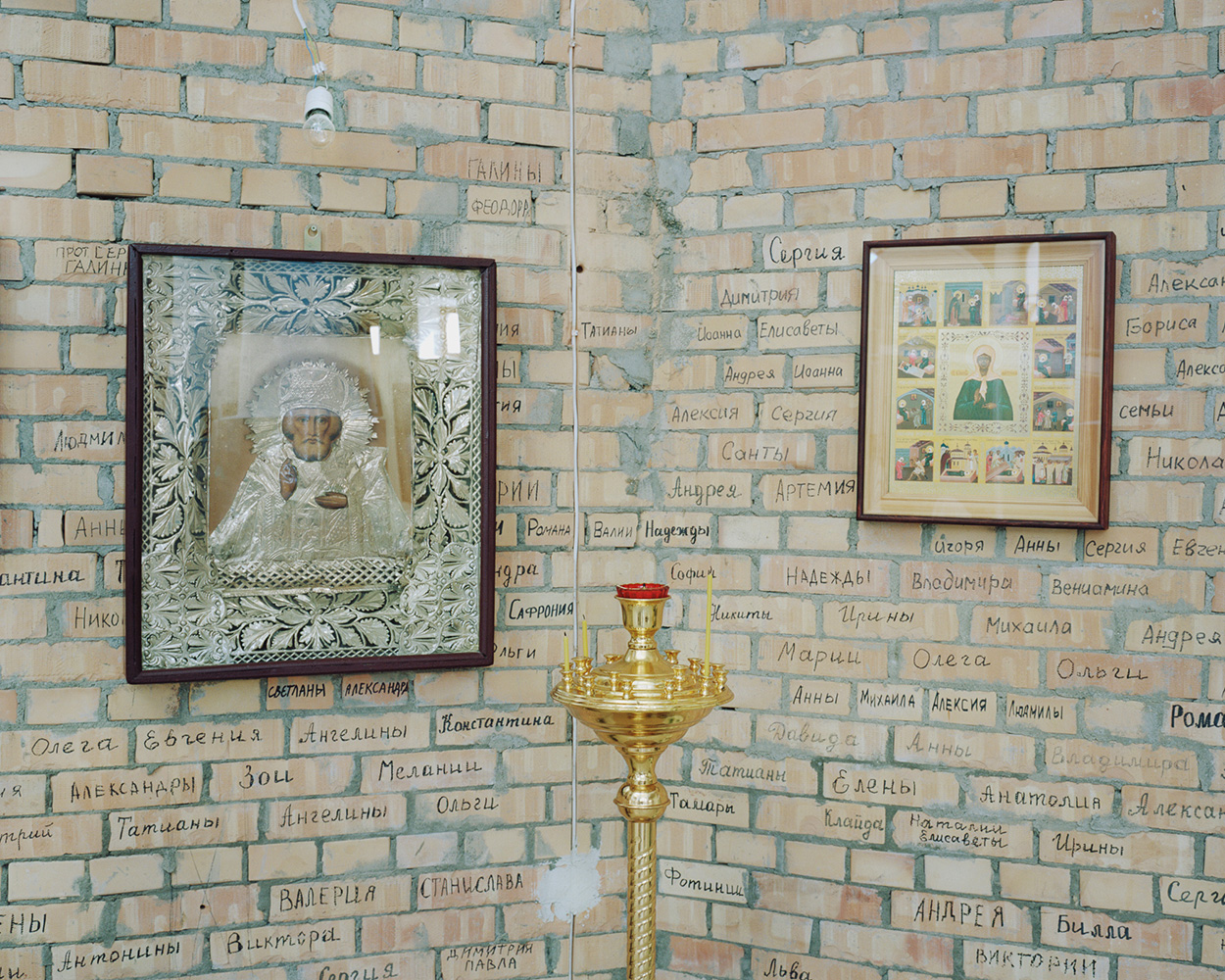
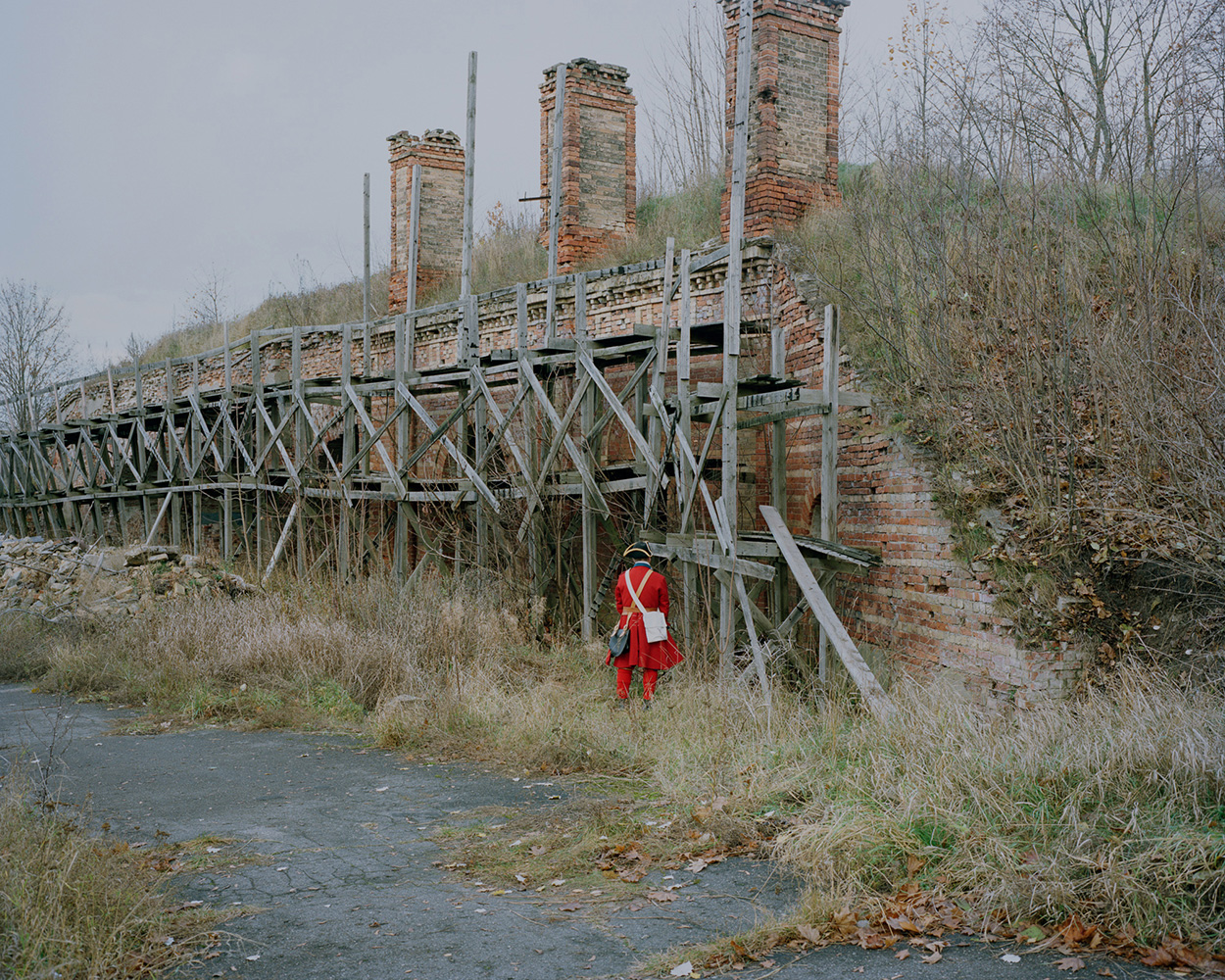
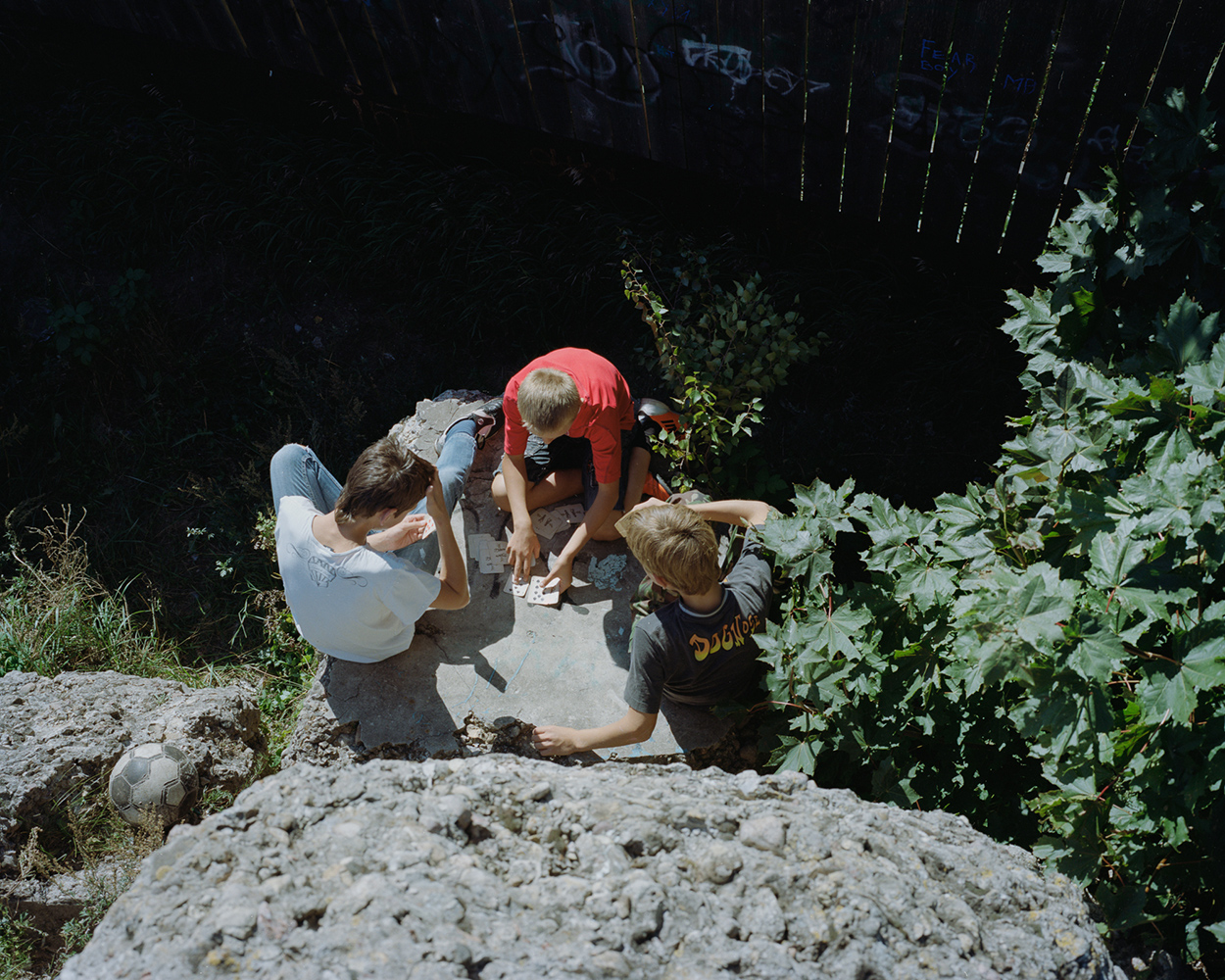
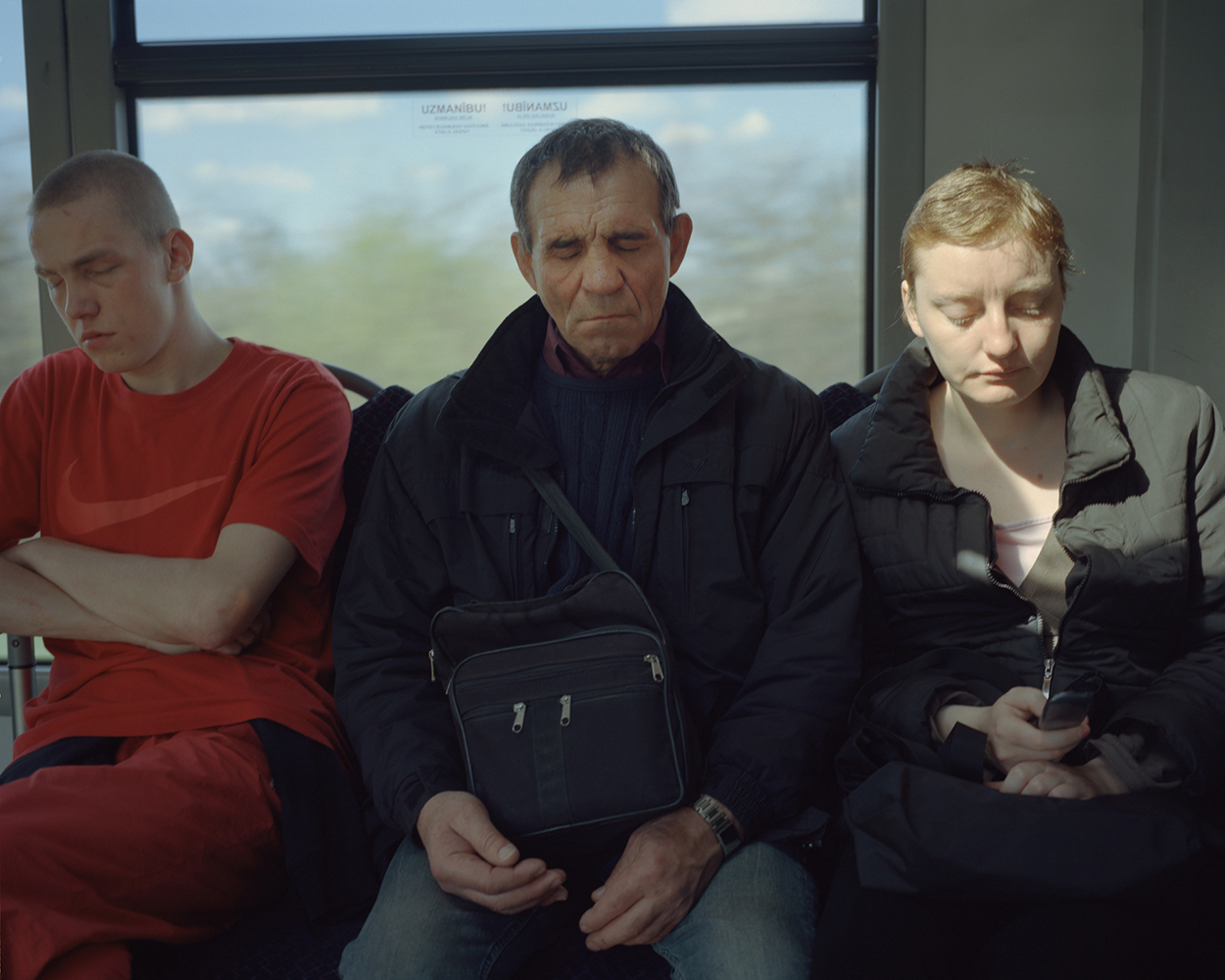
Not getting into architecture school, I went on to study graphic printmaking at The Academy of Fine Arts in Latvia. Around this time I also started working for a photo news agency. In the beginning I was interested in the street photography of Henri Cartier-Bresson; my black and white, single images were deeply influenced by him and the Magnum legacy. Somehow that wasn’t enough for me.
With this overflow of information that we have now, it’s not relevant any more to dedicate yourself to a single image. Today, I try to make narratives with my own images and found photography. I like the idea that I can use somebody else’s images to tell a story.

In 2009 I attended ISSP photo school for the first time, studying under Vanessa Winship and George Georgiou. The school had an impact on my perception of photography. I participated in an ISSP project called European Borderlands, for which I chose Bolderāja and Daugavgrīva. It’s a border of Riga, and Latvia in a way because it’s situated right above the Baltic Sea. It wasn’t until 2011 that the main work started to emerge, forming People in the Dunes.

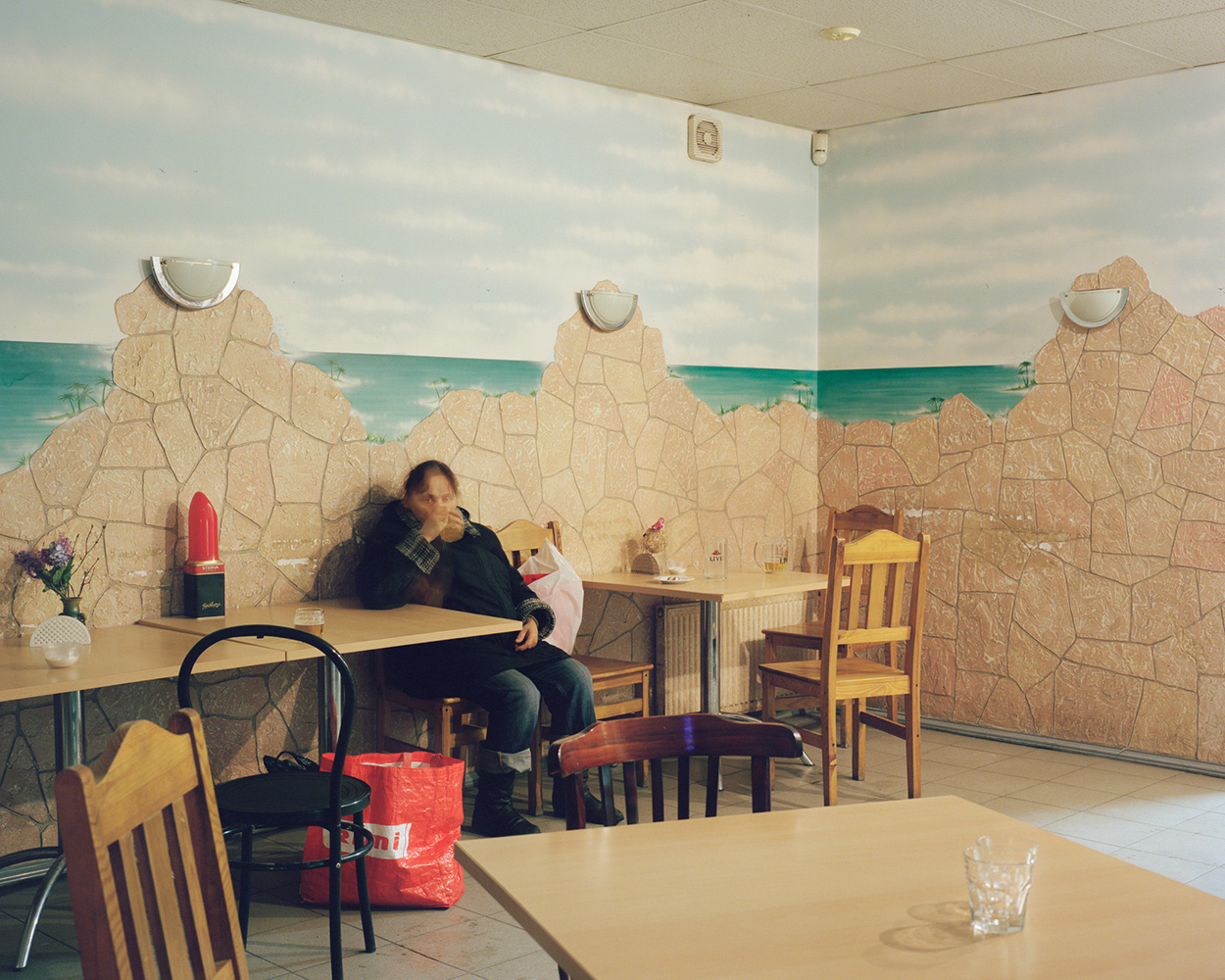
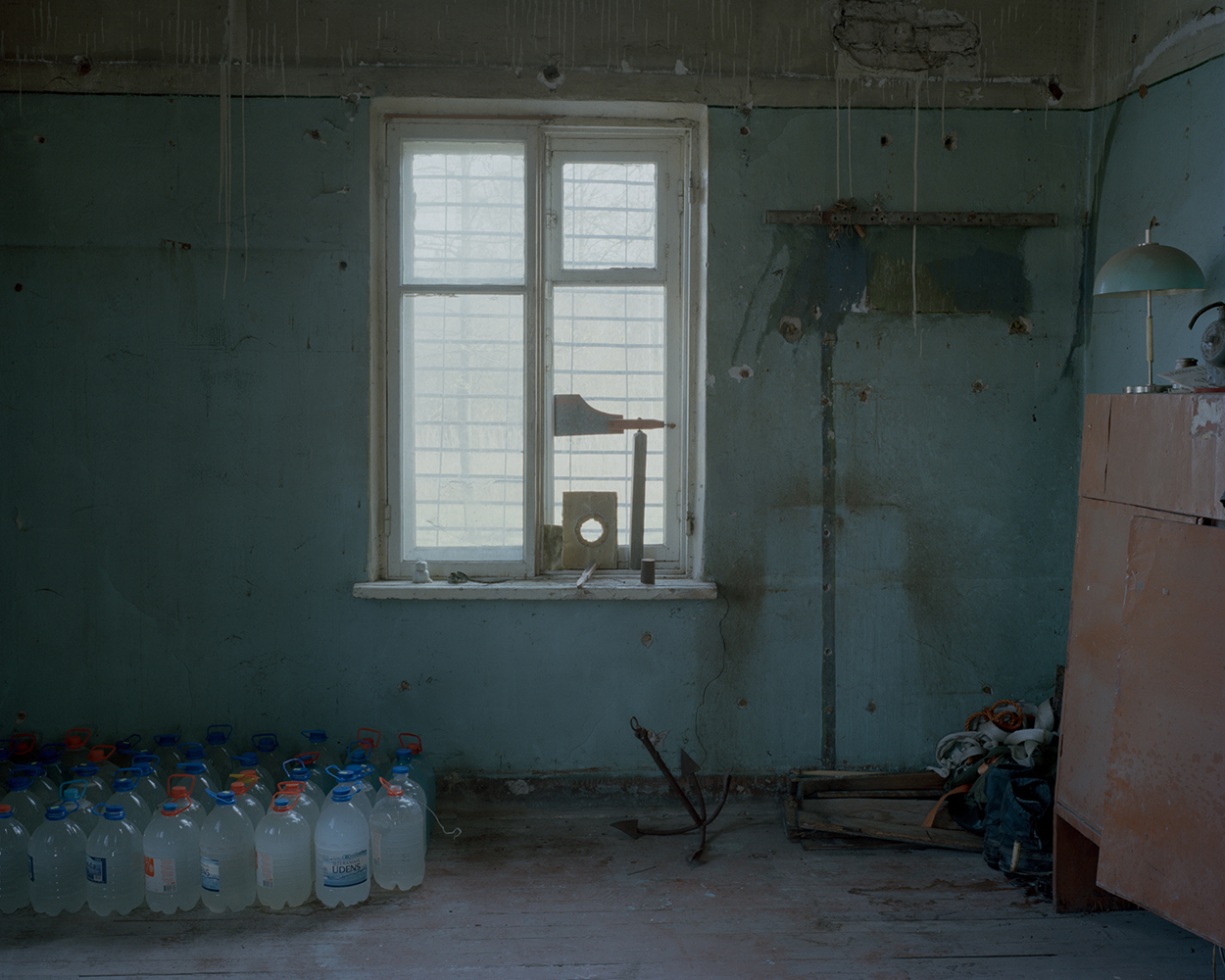
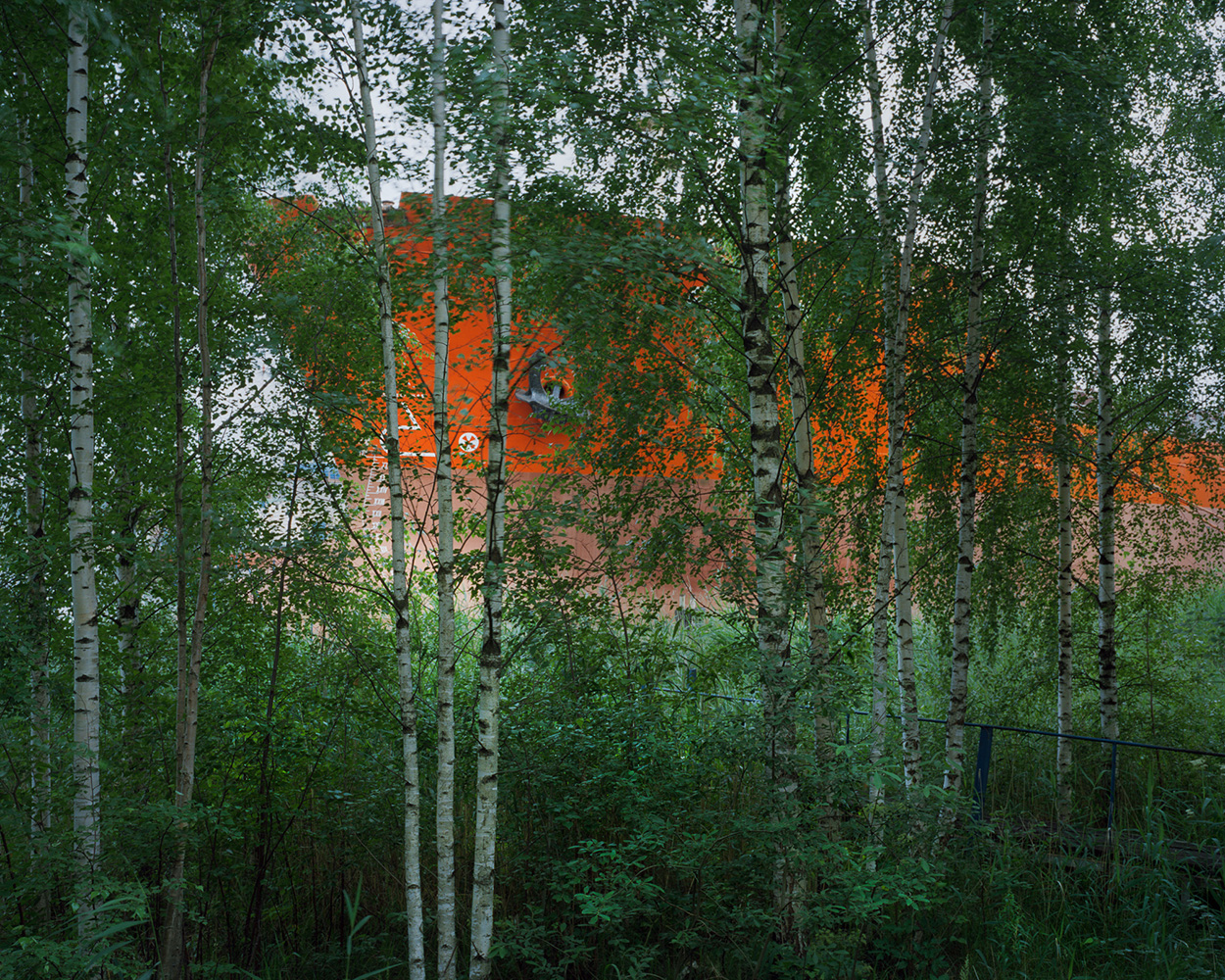
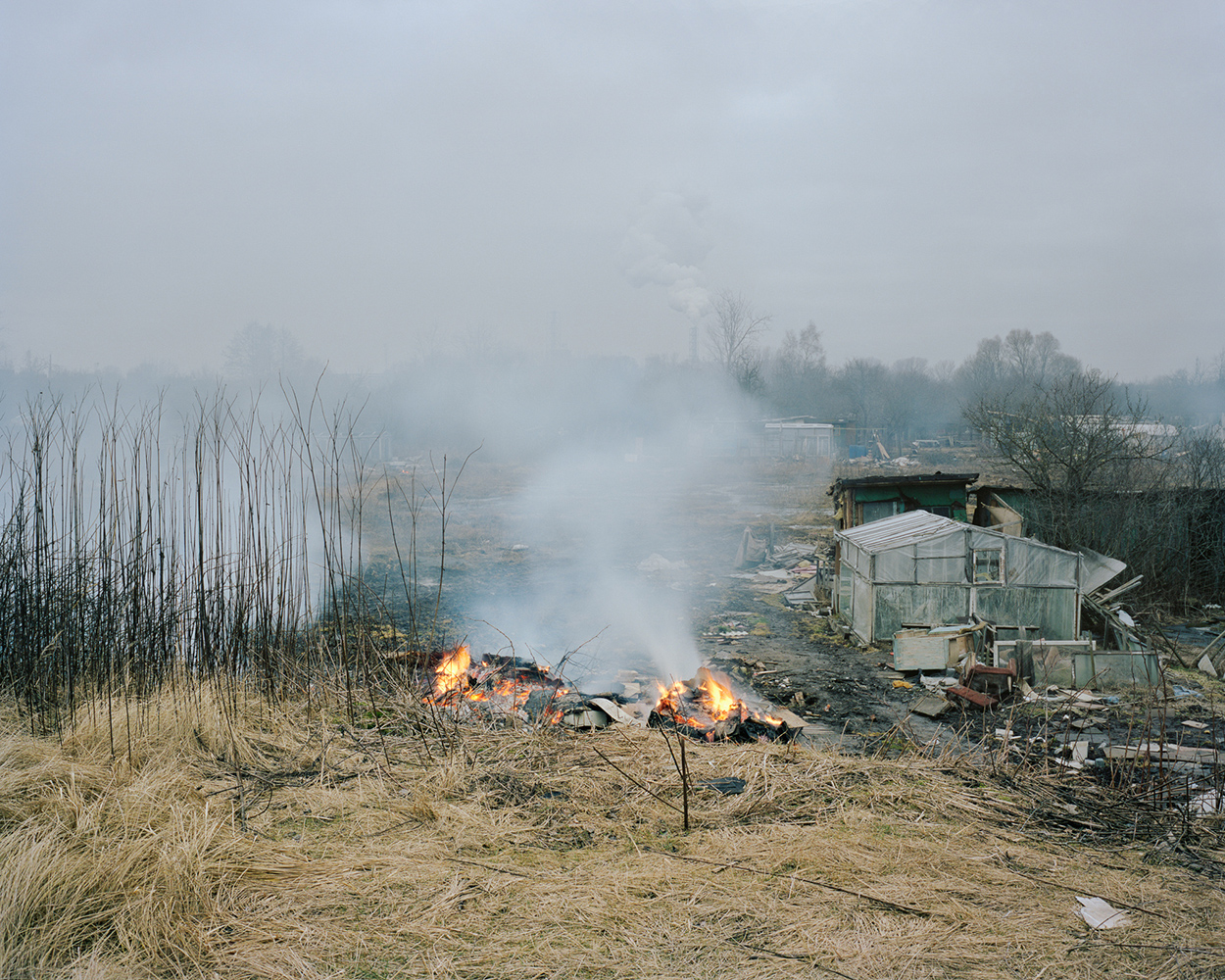
The area was once home to a military base and had a huge infrastructure. Now nature has taken over. It’s quite an interesting feeling when you go through these empty spaces alone, something akin to Andrey Tarkovsky’s Stalker. I’m trying to show that this space is somehow special. It’s one of the closest places to the sea but people don’t go there.
I’m Latvian but have Polish and Russian roots. As a Russian speaker, I was also interested in the Russians living there. I’m interested in the working class and in everyday situations. I try to show this place from my point of view.



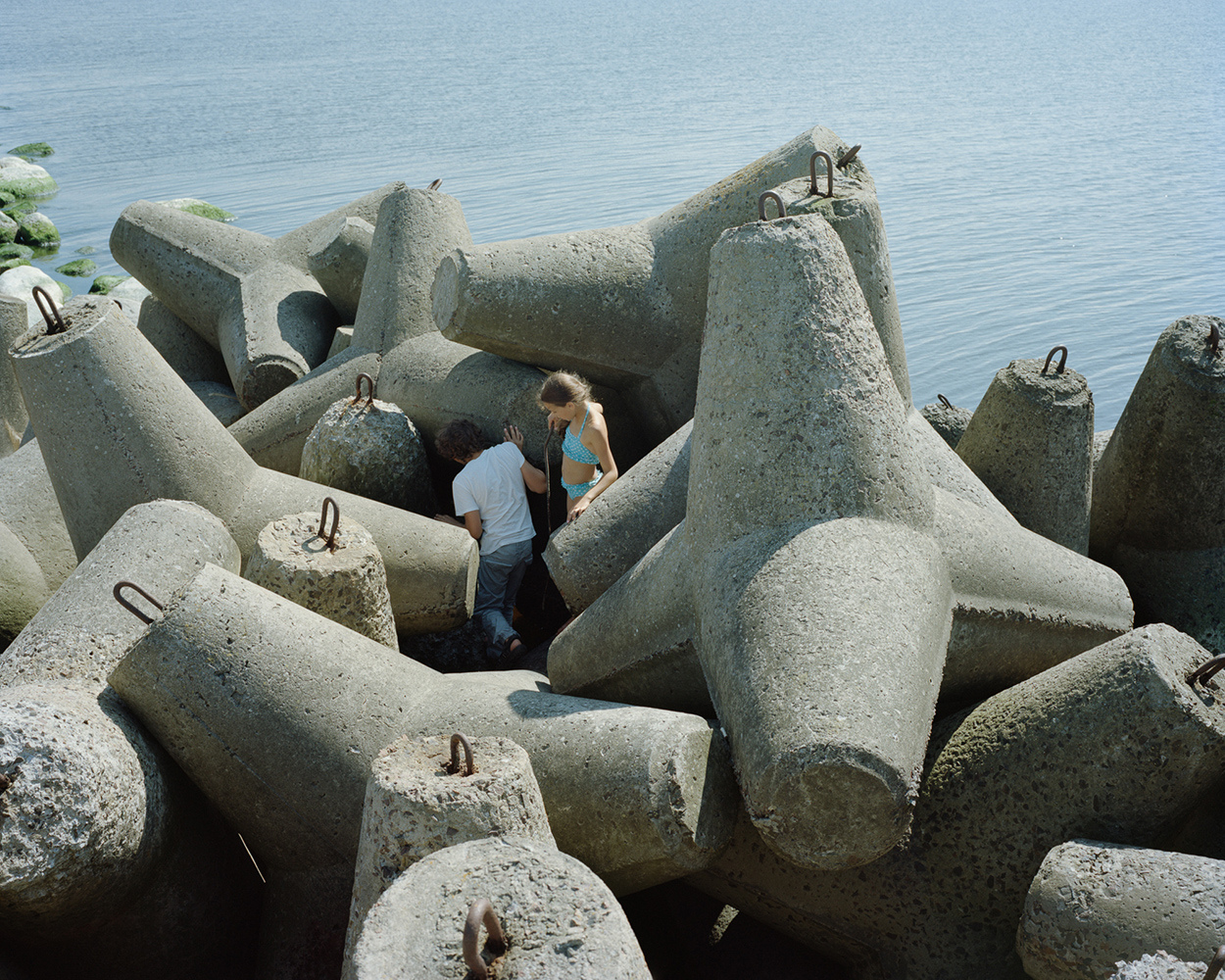
Last year I submitted my work for the Self Publish Riga exhibition, with my submission dedicated to amateur photo albums from the Soviet period. I was interested in how people were using this media. It’s such a simple thing, a photo album, but there are so many ways that people add images to it. People have always had this urge to put information together. Now everything is shared with everybody — on Facebook, on Pinterest, on Instagram. Whereas all those albums were made for private use. It’s quite interesting what people do for themselves.
For Palladium, I found the whole archive of the Palladium cinema. In the Soviet times, the cinema was a cultural palace where you had ballet, conferences, and of course movies. It was also used for propaganda. Here the photographer was probably a worker, documenting the work they did there for himself.
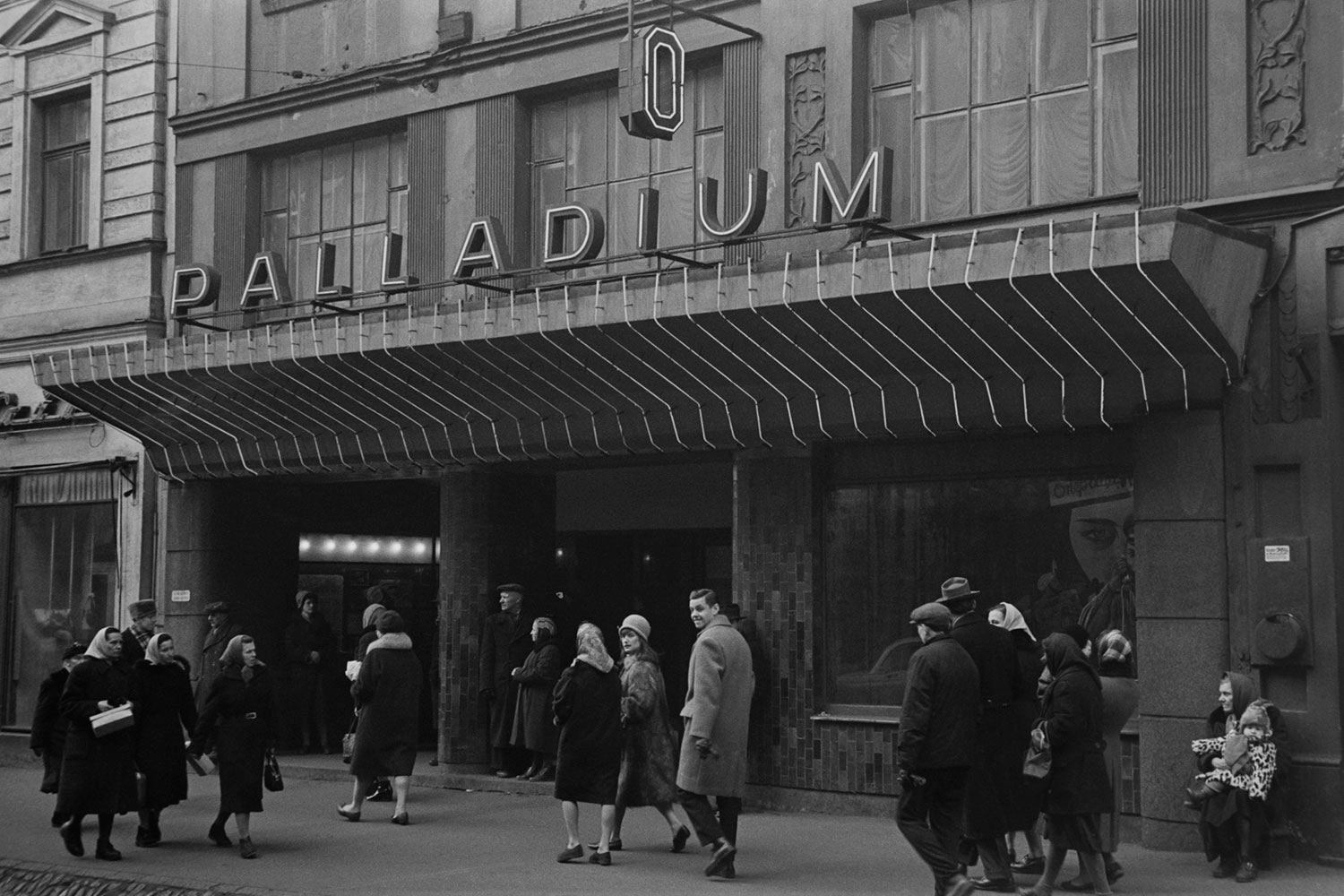
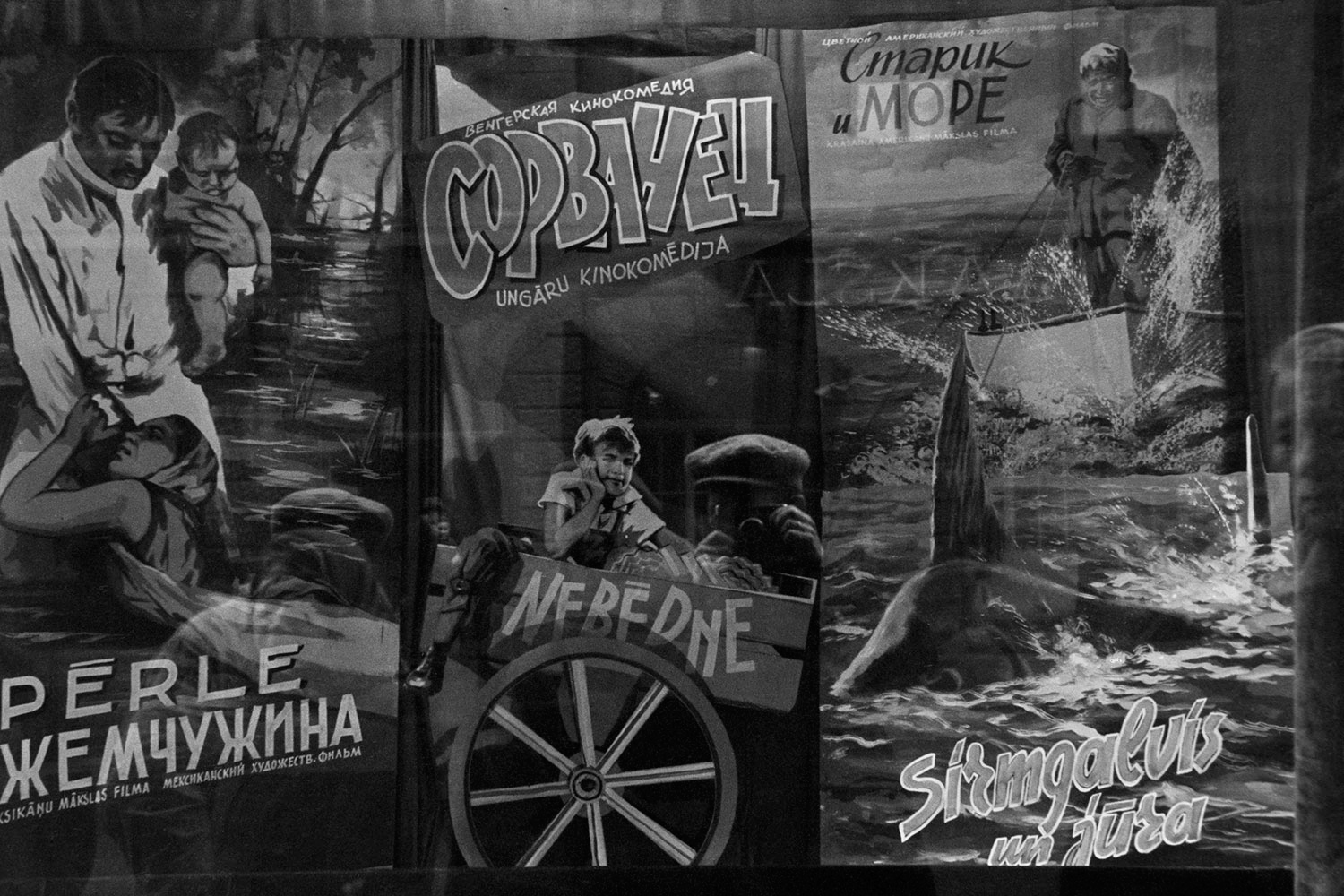
Documentary work and the way that I work can be slow. To produce a series of strong images, I really need time. For quite a long time I wanted to make collages. Maybe it was coming back to Fine Art Academy studies. I use scans from discarded magazines and books dating back from the Soviet period which were thrown out and put them together in Photoshop.
Conceptually all of this work is closely related to news and media — a reflection on the period when I was working as a news agency reporter. Recent world events have really influenced me, such as this tension between Russia and Latvia. I’m interested in our recent past. I’m trying to reinterpret discarded old information during a time when we have a constant flow of new information. Although I’m working across different media, I also try to stay open. I make collages but I still continue with documentary photography, all at the same time.
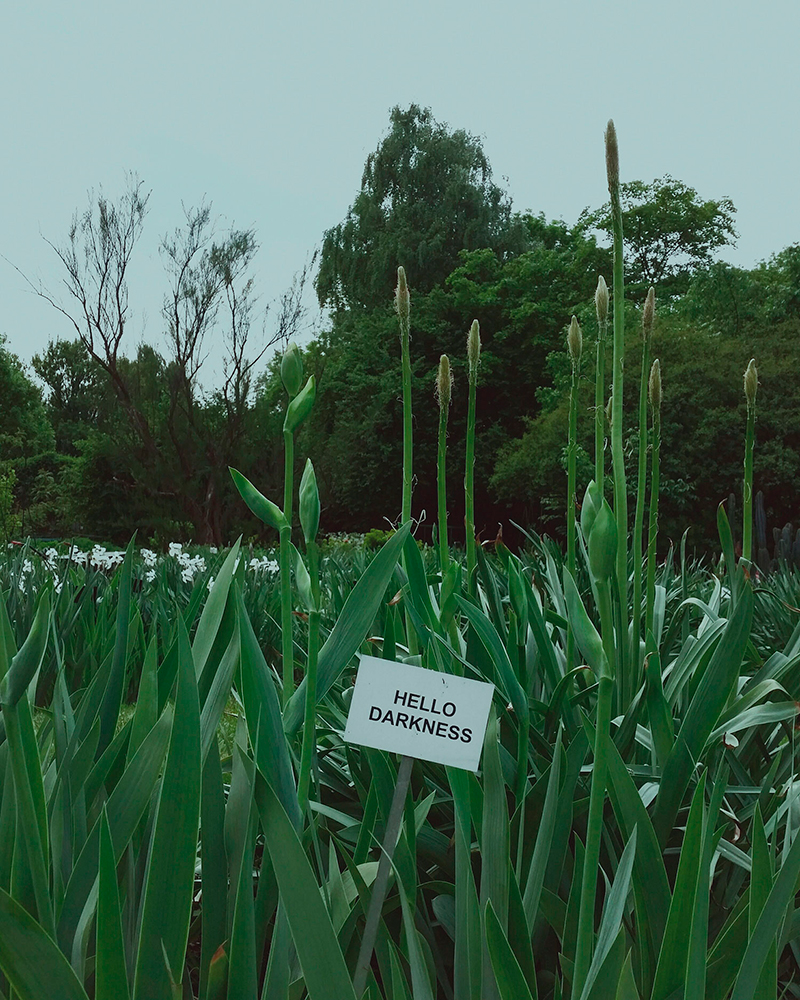
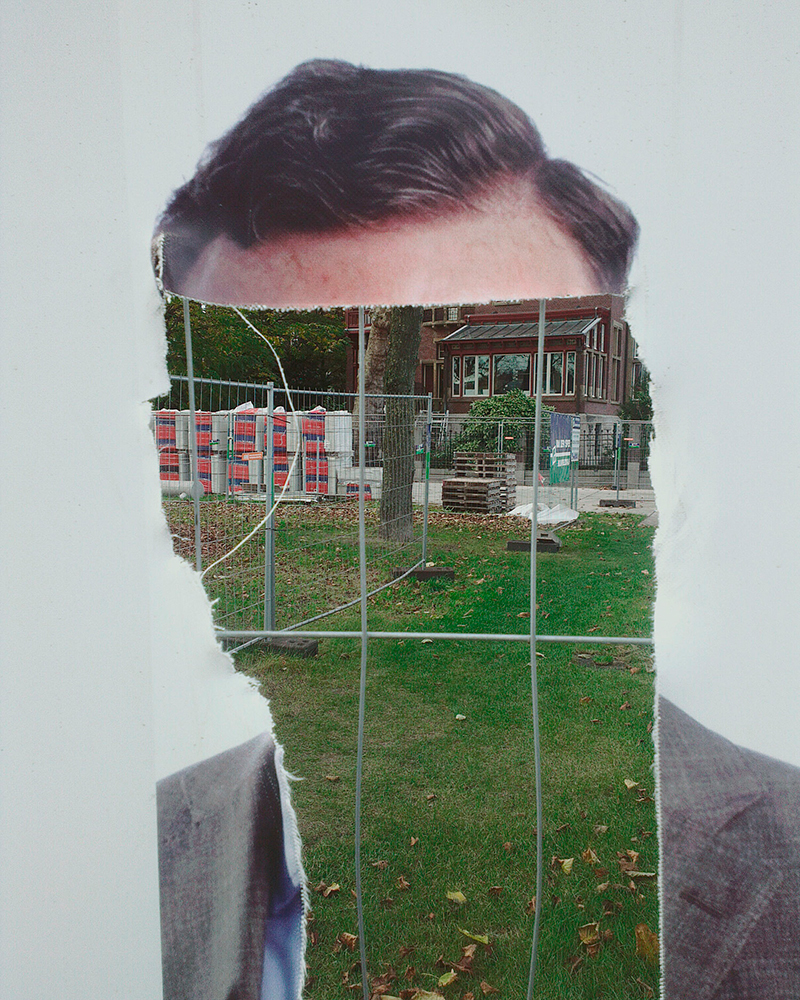
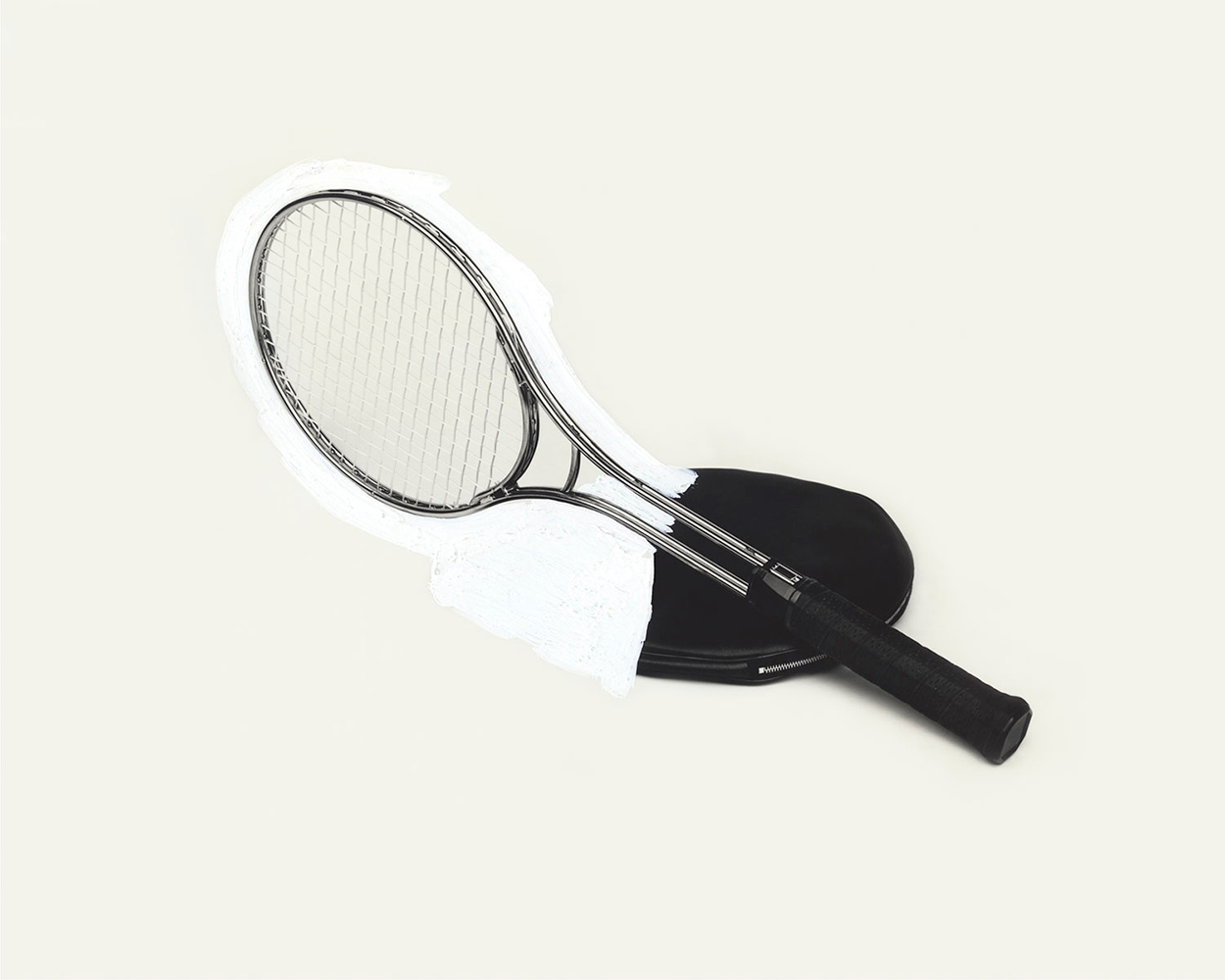
Interview: Liza Premiyak
Text and image: Andrejs Strokins
This interview was originally published by The Calvert Journal.
Others project materials

New and best
